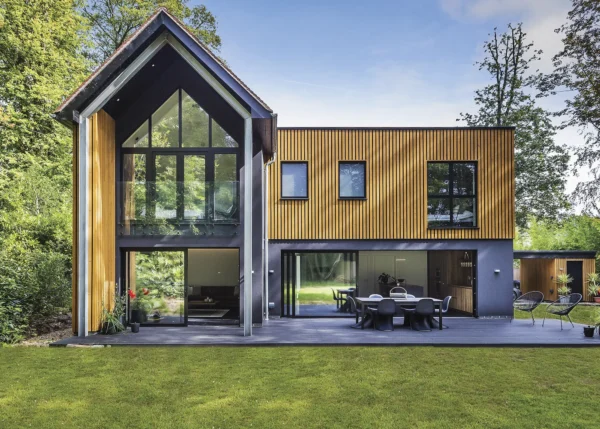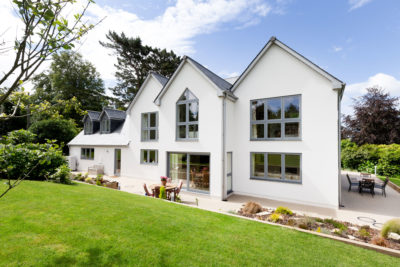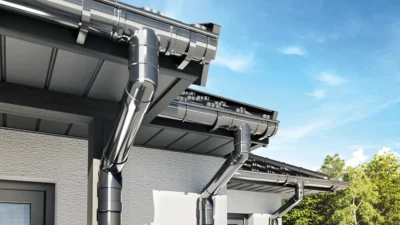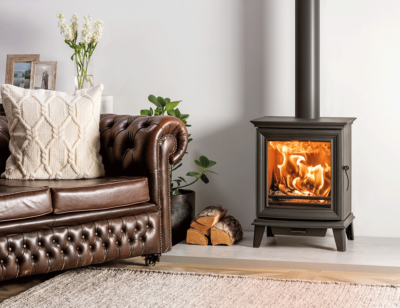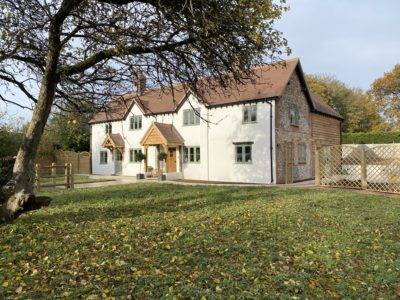Window FAQs – Expert Tips for Window Materials & Styles
What’s the best material?
There are four main options for window frames:
- Plastic
- Wood
- Aluminium
- Composite (which is more than one material type used together, most commonly with timber internally and aluminium cladding on the outer face).
Each option has pros and cons.
Plastic units are readily available on a short lead time, plus they’re cost effective. However, they are prone to expansion, contraction and warping when temperatures change.
Although they have thick frames, they are not the strongest option, so not suitable for large panes of glass. Some people don’t like the aesthetics of plastic and feel it doesn’t suit period properties.
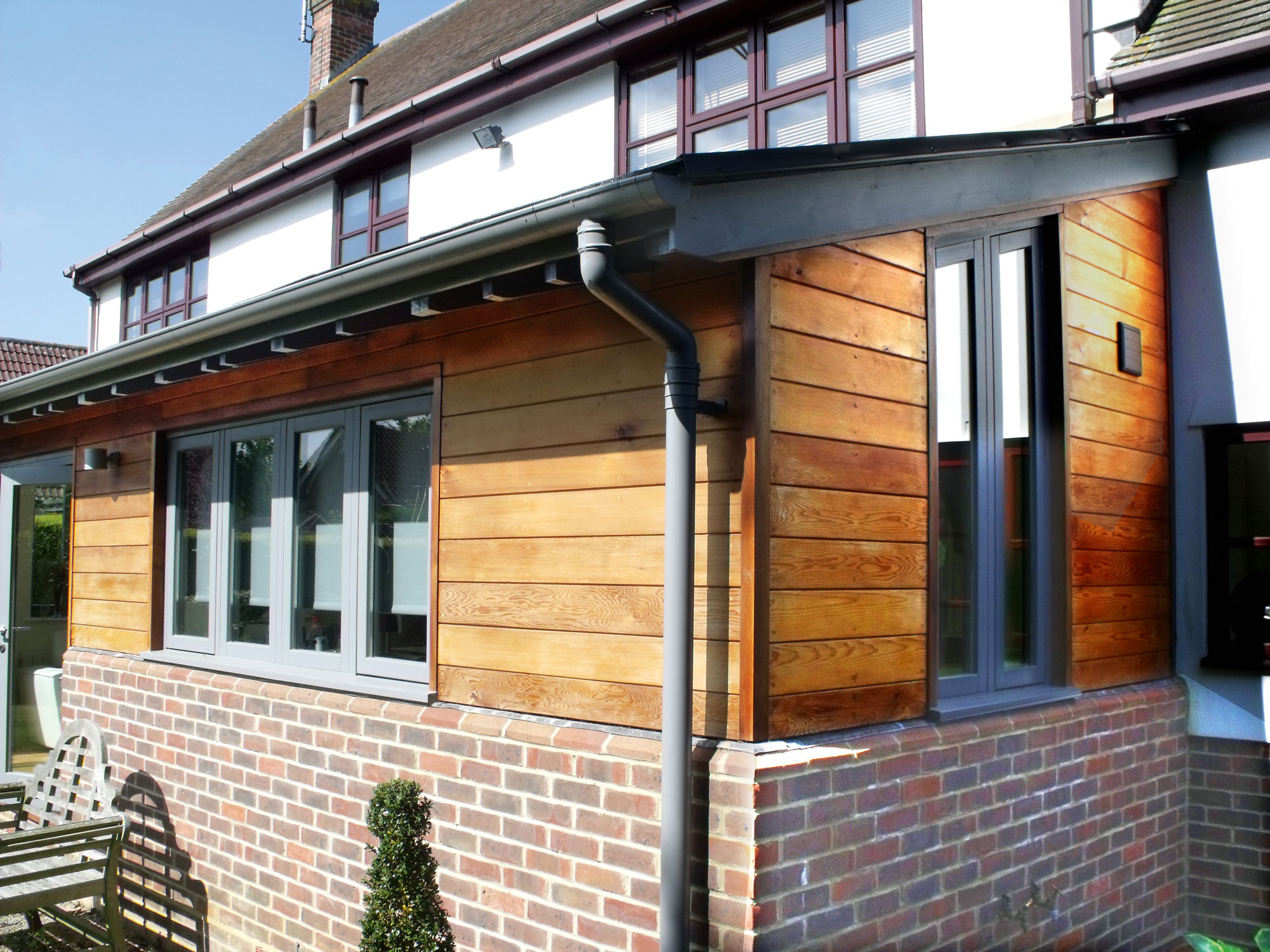
Timber flush casement windows by Kloeber
Wood is very strong and secure. It’s sustainable and eco-friendly (if sourced responsibily), plus it’s a naturally good insulating material. Many homeowners love the look of timber on their property, whatever the architectural style.
Timber windows can be painted in any colour, but can require maintenance after several years (expect high quality paint finishes to last for 8-10 years without maintenance). Wood frames are generally thicker than aluminium, which may not suit everyone’s taste.
Aluminium windows are slim and contemporary in style. They are strong and available in many colours, but not as thermally efficient as some timber types (depending on the profile and the size/type of the thermal break). Expect aluminium units to be more expensive than plastic and softwood designs.
Explore products: Kloeber
Composite windows combine all the benefits of wood frames with an alu-clad external finish. They have great insulating values, but can be pricey and may not suit period homes.
What are the benefits of the different styles?
There are various types with different looks and opening configurations:
- Flush casement The opening part (sash) is flush (in line with) with the frame externally. They normally open outwards and are hinged on the side (side hung) or at the top (top hung or bottom opening). This style is most common on timber windows but is also used on other types, including some aluminium and higher end plastic units.
- Storm casement The sash overlaps the frame; most common on plastic and aluminium windows. Generally outward opening and side or top hung.
- Tilt & turn These open inwards and are the most popular style in mainland Europe. You can clean them from inside and tilt them in for ventilation without compromising security.
- Reversible The sash fully spins vertically from a centre pivot point, which allows access for cleaning and usually means the sash size can be big. Because they’re seldom used, many products don’t comply with the security or airtightness regs for new builds, so always check before buying.
- Vertical sliding sash These open by sliding the sash up and down within the frame. They are most commonly made from timber and seen on period properties. This style is generally built into a wall cavity that covers the outer frame, giving a very slim look. Some sash windows may not be great for weather sealing, so always check this.
What impact do these materials have on the environment?
There are many different studies showing the environmental impact of the component parts of a window, its useable lifespan, the thermal and acoustic properties of the frame and glass and recyclability.
There is no definitive answer for which frame material is most environmentally friendly, however below are some facts that may help to understand the complexities of this subject.
Learn more: Eco-Friendly Building Methods
FSC certified timber is sustainable as it comes from managed forests and does not cause damage to ecosystems. Certified timber window frames made to high specifications are carbon-negative over their useful life-cycle. Across a lifespan of 60 years, each wood unit installed instead of PVCu is estimated to save 160kgs of CO2 – that’s over one and a half tonnes of CO2 per house with 10 windows.
Plastic and aluminium take much more energy to produce. Aluminium must be mined and refined; plastic is reliant on fossil fuels for production. Aluminium can be recycled, as can plastic, but the energy used to do so makes the process contentious.
The performance of a window, both in terms of thermal and acoustic efficiency, are extremely important for establishing its eco-credentials, as the knock-on effect of high-performance from the windows is lower energy usage throughout their lifespan. The glass spec used in any window has a massive impact on this performance.
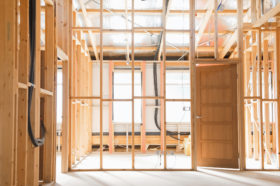































































































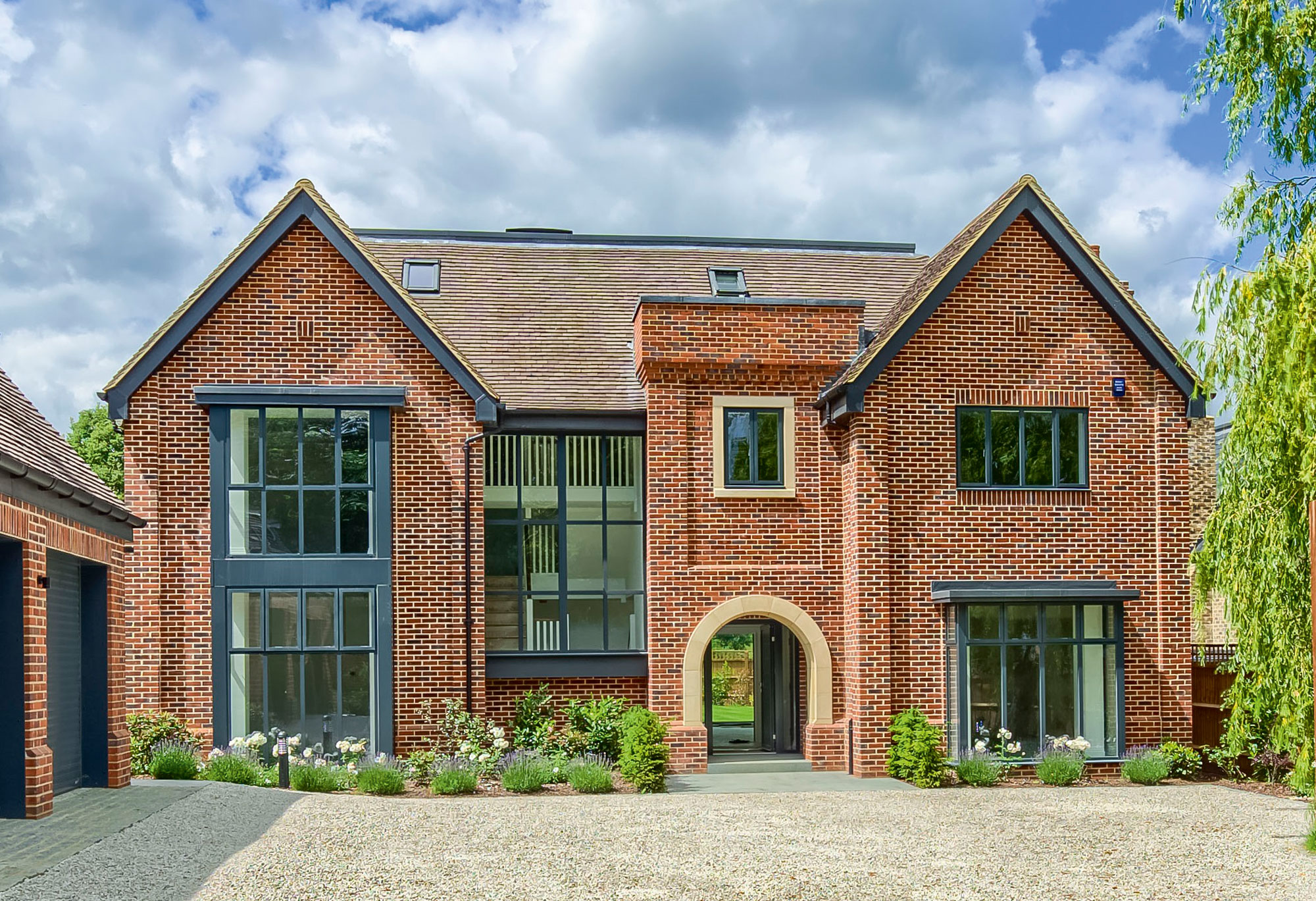
 Login/register to save Article for later
Login/register to save Article for later



